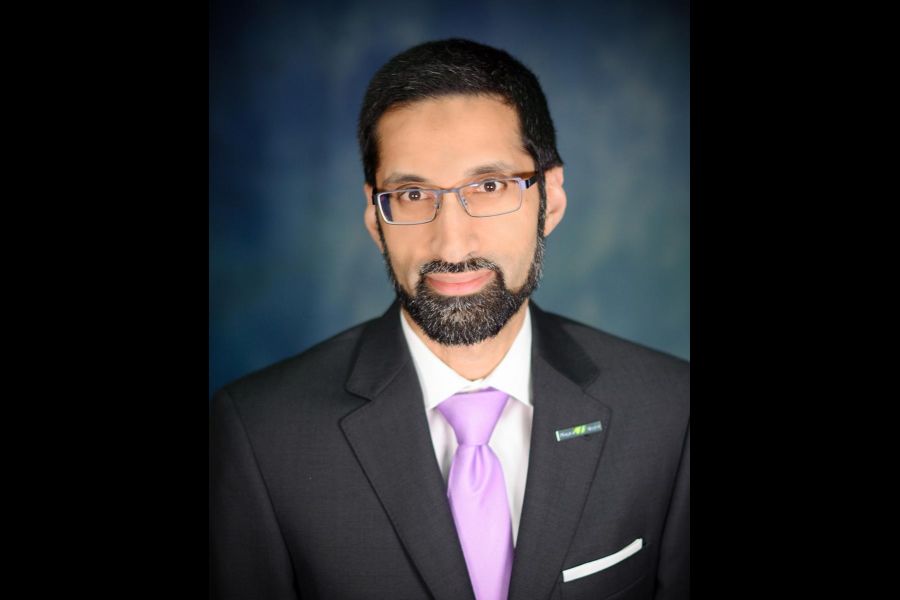Dr. Mustafa Hirji
Special to The Lake Report
For five months, Niagara has lived with COVID-19. Fortunately, thanks to all of us working together, we have slowed the spread of infection, protecting lives and enabling a safe reopening of most of our economy.
As we head into the next chapter of this pandemic, I want to share how all of us can help to keep our communities safe.
There are three ingredients to an infection spreading through our community: the pathogen (e.g. virus) must be introduced; there must be close interaction among us so that the pathogen can move from person to person; and we must lack immunity.
Our response to this pandemic has addressed each of these in turn. From January until late March, we focused on preventing the COVID-19 virus from taking hold in Canada. Federal monitoring of international arrivals, and local public health efforts to find infected travellers kept COVID-19 at bay. This bought us time to prepare.
By mid-March, with COVID-19 now spreading in Canada, public health shifted to finding and isolating infected persons, and tracing contacts. By isolating cases and contacts, we stopped interactions with others, thereby halting the spread of infection.
Provinces instituted emergency measures preventing large gatherings and closing businesses to further stop interactions.
Ultimately, we hope to shift to managing COVID-19 by that third element: addressing immunity. Unparalleled global efforts are underway to develop vaccines that can provide us that immunity.
While we await a vaccine, all the ingredients that allow COVID-19 to spread are still here: the infection is in our communities; with businesses reopening, we are now interacting more than we have for several months; and almost none of us have immunity.
Recently, we have begun to see larger pockets of infection where people have had close interaction. This includes an increase of COVID-19 cases in Niagara-on-the-Lake tied to the close interactions in households and social events.
Fortunately, this transmission has thus far been contained, resulting in little additional risk to the public at large. However, it illustrates the potential for a new wave of infection to arise if we let our guard down.
Therefore, we must redouble efforts to keep two metres distance from each other. We should keep washing or sanitizing our hands often. We’re now required to wear a face covering when indoors, but we should wear it outdoors too if within two metres of people.
And we should stay home and get tested if we have any symptoms of illness. Keeping this up after five months is understandably hard. But practising these measures will avoid the kinds of interactions that risk infection spreading to our friends, neighbours and loved ones.
As we enter this chapter of the pandemic, Niagara has the distinct advantage of well-defined communities like Niagara-on-the-Lake that have been resilient enough to endure the disruption of losing physical interaction and strong enough to pull together to support each other.
It is therefore no surprise that we have managed COVID-19 better than other parts of the province, like the GTA.
I believe this will be our greatest strength as we head into the coming months: remaining united as a community to practise measures that protect each other and to exercise compassion in supporting each other.
* Dr. Mustafa Hirji is Niagara Region's acting medical officer of health.










